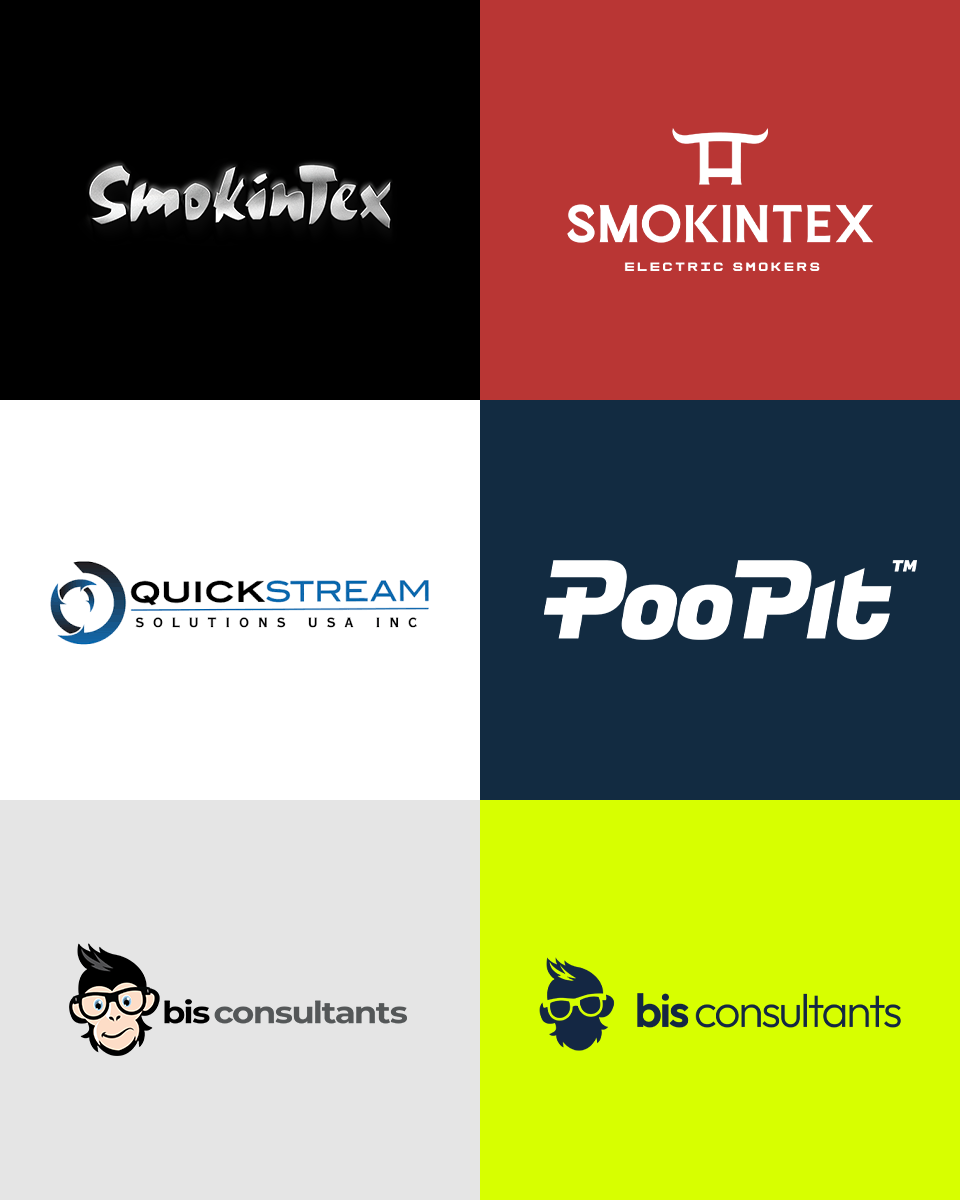October 1, 2025
Brand Films vs. Ads: Why Story-Driven Videos Are the Future of Marketing
April 1, 2025

Brand Films vs. Ads: Why Story-Driven Videos Are the Future of Marketing
Traditional ads focus on selling, while brand films focus on storytelling. Today’s consumers engage more with brands that evoke emotions rather than simply pushing products. Story-driven videos have the power to build deep connections, making brand films the future of marketing.
Brand films work because they create emotional connections. Unlike traditional commercials, which often focus on product features, brand films tell compelling stories that resonate with audiences. They build brand loyalty by forging an emotional bond between the brand and the viewer. Studies show that consumers remember stories far more than statistics or product claims, making storytelling a powerful marketing tool.
Additionally, brand films showcase a company’s values and mission, strengthening trust and credibility. Brands that demonstrate authenticity and purpose attract customers who align with their values, fostering long-term relationships. For example, Dove’s “Real Beauty” campaign shifted perceptions of beauty standards and reinforced the brand’s commitment to inclusivity and self-acceptance.
Another compelling example is Google’s “Dear Sophie” ad, which highlighted the emotional side of technology by telling a heartfelt story of a father documenting his daughter’s childhood through Google services. This approach not only showcased product functionality but also created a powerful emotional impact.
Investing in brand films can elevate brand perception, increase engagement, and drive lasting loyalty. As consumers seek meaningful connections with brands, storytelling through video is an invaluable marketing strategy.










